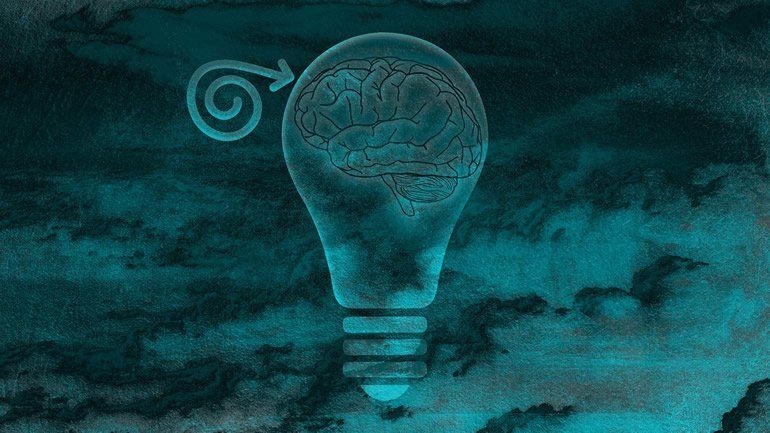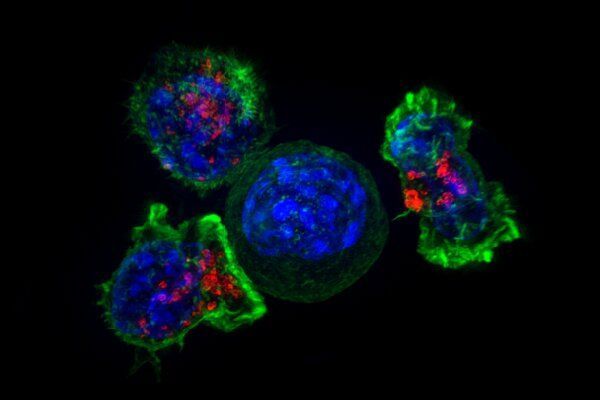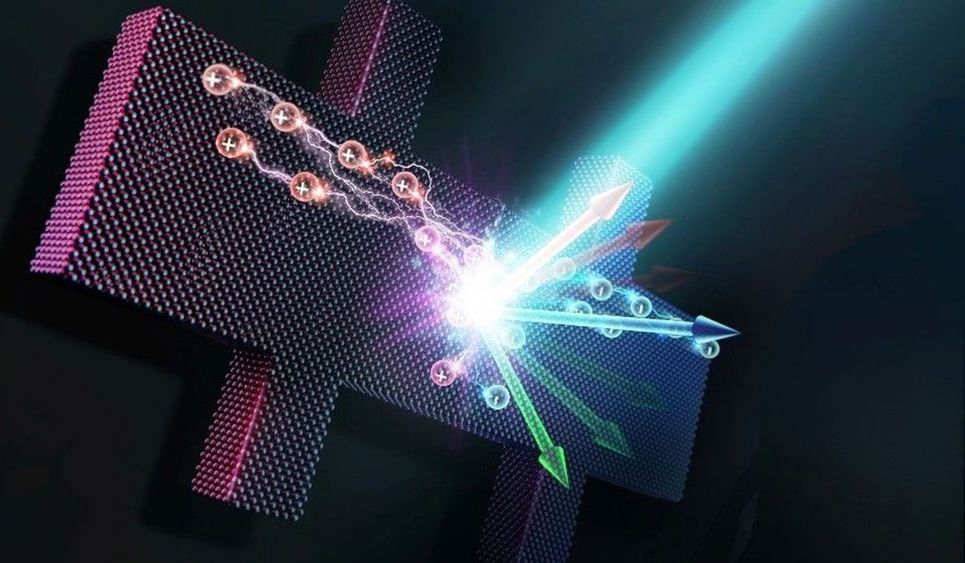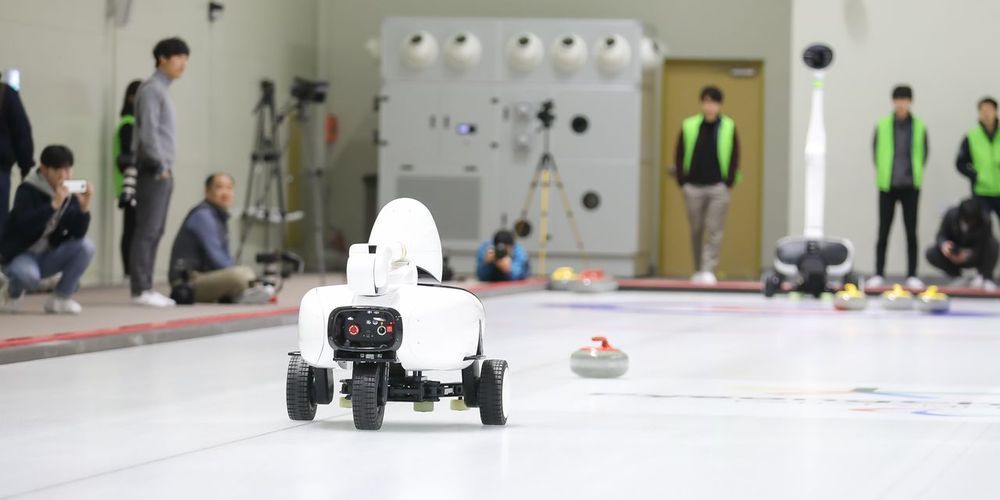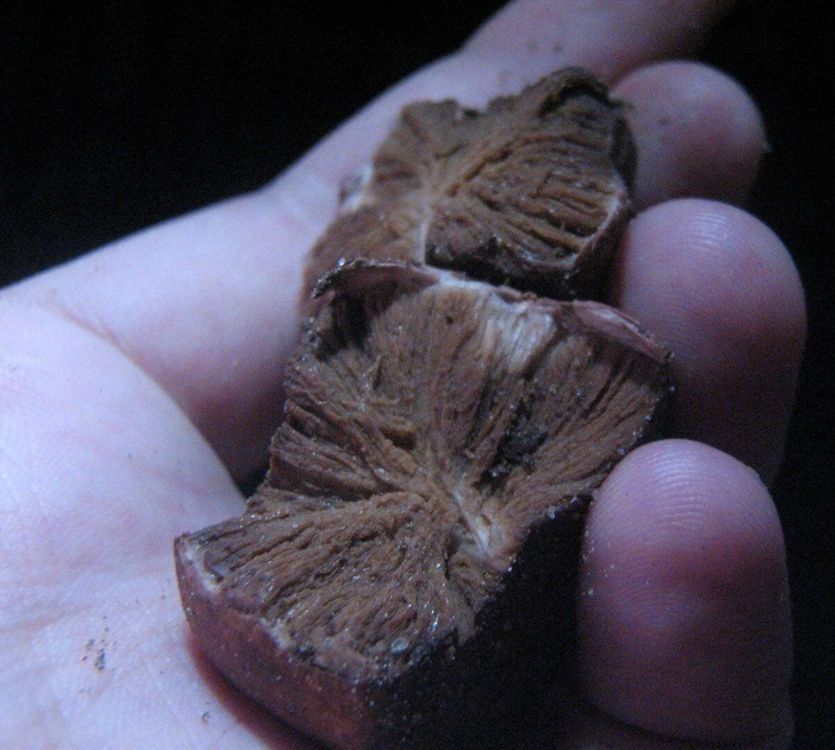Zurich-based DeepCode claims that their system — essentially a tool for analyzing and improving code — is like Grammarly for programmers. The system, which uses a corpus of 250,000 rules, reads your public and private GitHub repositories and tells you how to fix problems, remain compatible and generally improve your programs.

Founded by Veselin Raychev, advisor Martin Vechev and Boris Paskalev, the team has extensive experience in machine learning and AI research. This project is a spin-off from ETH in Switzerland and is a standalone research project turned programming utility.

